Crew 271 Mid-Mission Research Report 24-12-2022
Submitted by: Marc Levesque, Crew Commander
Titles: Coping Strategies for Long-Duration Space Exploration (Study 1); Team Challenge Resolution Mechanisms in Isolated and Confined Space Analog Mission Through Ethnographic Methods (Study 2)
Crew member: Andres Käosaar
The projects are going great. For the first project, the subjects have been filling in the questionnaires as requested. For the second project, although no big challenges have been encountered, there have been smaller challenges that the crew has resolved well and thus provided the research some useful data.
Title: Drying trends of a clay-rich surface
Crew member: Helen Eifert
A location was selected north of the Hab for the experiment and the initial wetting was conducted on Sol 4. The immediate drying trends were measured for an additional two hours following saturation of the surface on this first EVA using an ASD FieldSpec3. This data shows visible near-infrared surface reflectance in order to better understand whether water is being trapped in the chemical structure of clays and how long it can be retained. Return EVAs were conducted on Sol 5 and Sol 6 for an additional two measurements each day. As far as what is left, since the surface still appears wet, additional measurements will be taken in two days, hopefully capturing the soil back at equilibrium. A dry sample was collected on Sol 5 to get initial water content. I will bake this in the science dome in the coming days. Finally, I will post process the spectral data and plot it for use in my research.
Title: Geology – Samples for ISRU
Crew member: Cesare Guariniello
Collected samples on one EVA to Barrainca Butte. The samples include some igneous rocks from southern provinces, and conglomerates and mudstone fallen from the top layers of Barrainca Butte. The samples have been transferred to the Science Dome for processing.
Title: Astronomy
Crew member: Cesare Guariniello
After adjusting the MDRS-14 telescope, multiple observations have been taken when the sky was clear. The most notable was M42 (Orion Nebula).
Title: Medical
Crew member: Alicyn Grete
All participants have completed the pre-assessment survey and training module. Three of six crew members have passed the skills test and completed the post-assessment survey. A prospective EVA is in the planning phase, which would simulate a tibial fracture occurring during an EVA, and crew members will respond by delivering the injured patient back to the Hab for simulated surgery in the Science Dome. I have written the methods and most of the introduction for the paper that will follow the research.
Title: Engineering
Crew member: Sergii Iakymov
The first part of the project was delayed together with the mission. Currently EVA suits power systems are being inspected and due to frequent anomalies with suits batteries. One of the suits, particularly #3, has run into a charging issue and was fully inspected and tested, root cause identified, and declared as a battery charging anomaly. The second part of the project is scheduled for the second part of the mission.
Title: Communications
Crew member: Marc Levesque
The antenna on the new radio repeater was raised to 6 meters to improve reception for EVA teams. Comm checks were made on EVAs beyond the immediate Hab area, but it appears that the height of the antenna remains insufficient to improve communications and eliminate the many black holes the crews have encountered. Further comm checks will be conducted during the remaining EVAs to confirm this finding.
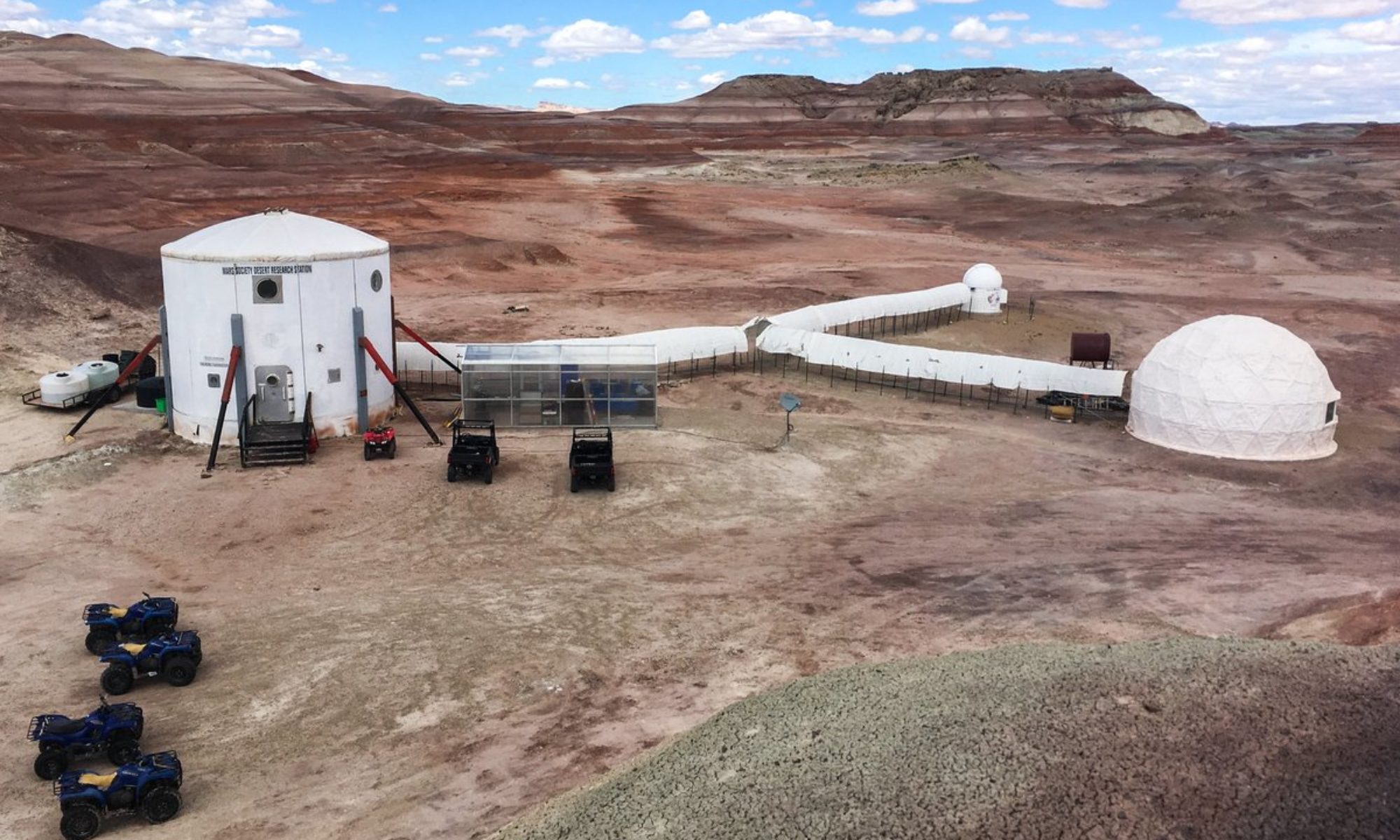
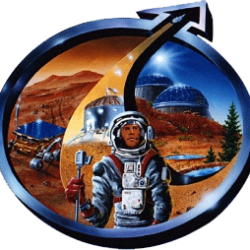

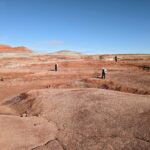
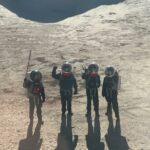
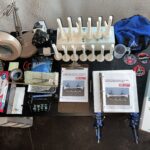

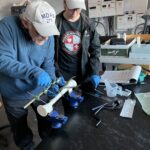
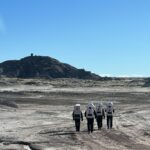
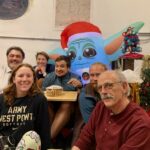
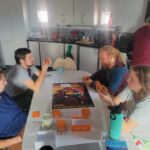

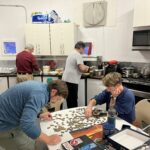
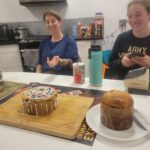
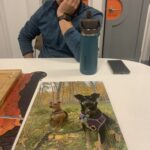
You must be logged in to post a comment.